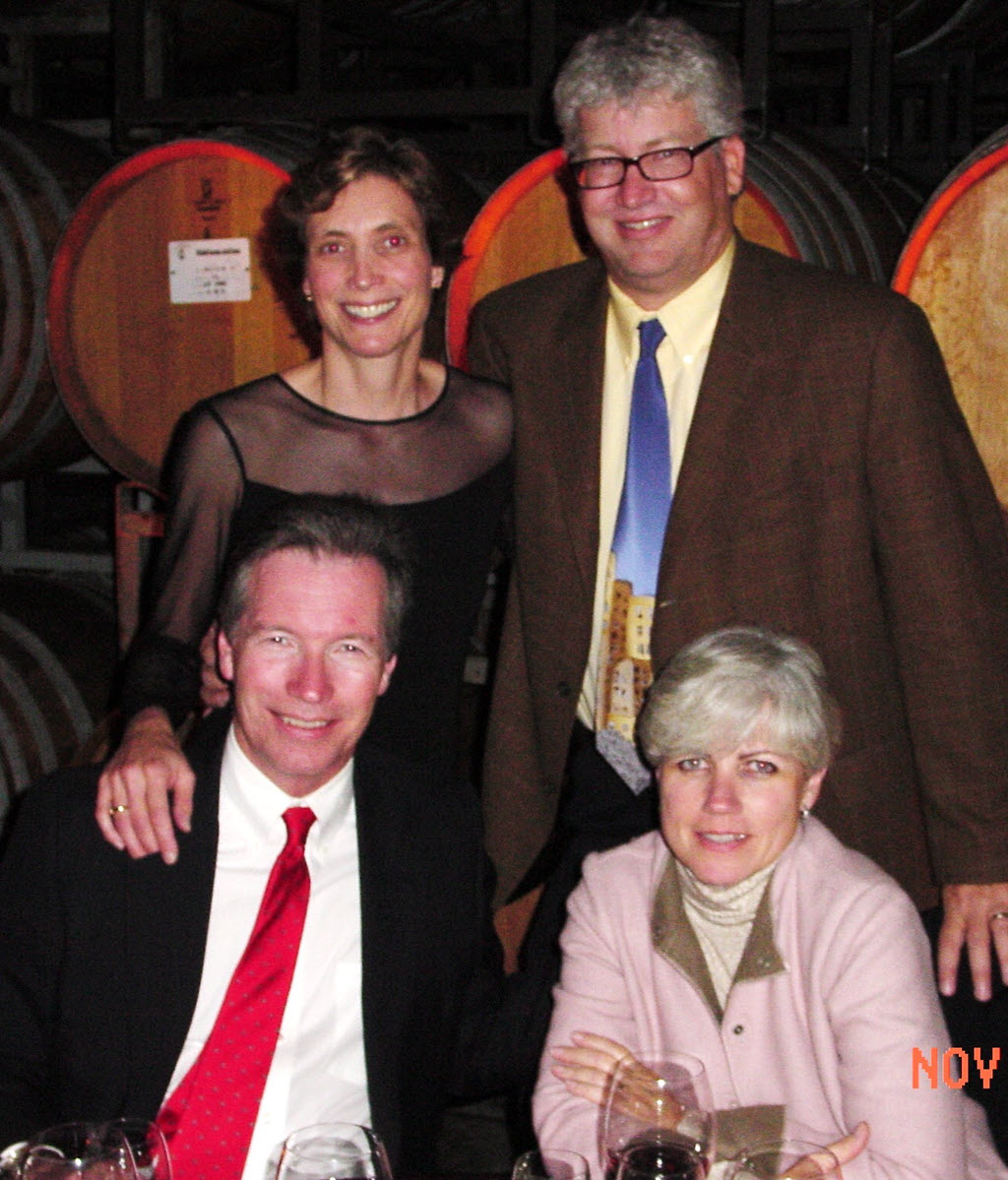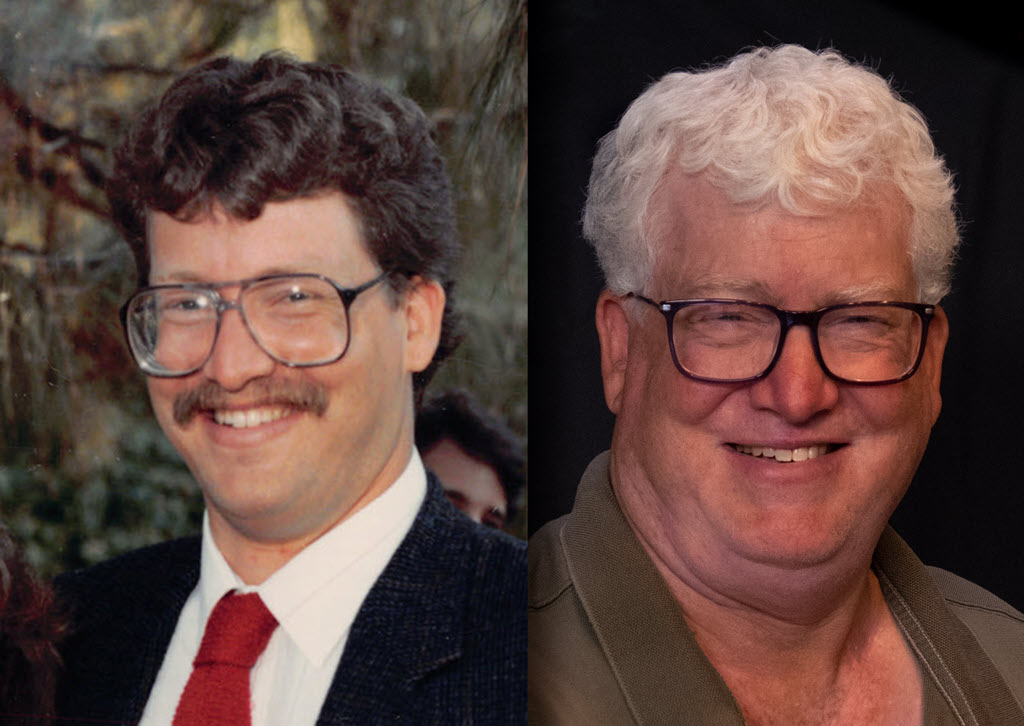
“Celebrate while you still can
Cause any second it may end . . .”
– Oingo Boingo, No One Lives Forever
Jim Rowson passed away peacefully on December 26, 2024 at age 70 from fucking cancer. (That was his term for it, and the fucking cancer deserved the abuse, the sneaky bastard.) He was a visionary software engineer. He was a devoted husband to the love of his life, Donna, and proud father to his children Mackenzie and Casey. He was unflappable, always supportive and patient, always funny, and always looking for interesting new challenges that would let him create something to help people.
He was my best friend for more than fifty years.
In the last few years, Jim and I wrote a novel together, Uncommon Scents, followed by his solo novel The Avatar Murders: A Kurt Hardash Mystery. His novel, a noir detective/science fiction mashup, is a cracking good read, but Jim also used it to work through his feelings about the loss of his wife two years earlier to early onset Alzheimer’s. His bottomless love and patience during the years of her decline was inspiring and tragic for all of us who knew him. The afterword of The Avatar Murders will break your heart. After her passing, he worked with Bove Lab at UCSF supporting their research into multiple sclerosis, Alzheimer’s, and neurodegenerative diseases.
Jim was one of the world’s best people. Losing him hits hard.
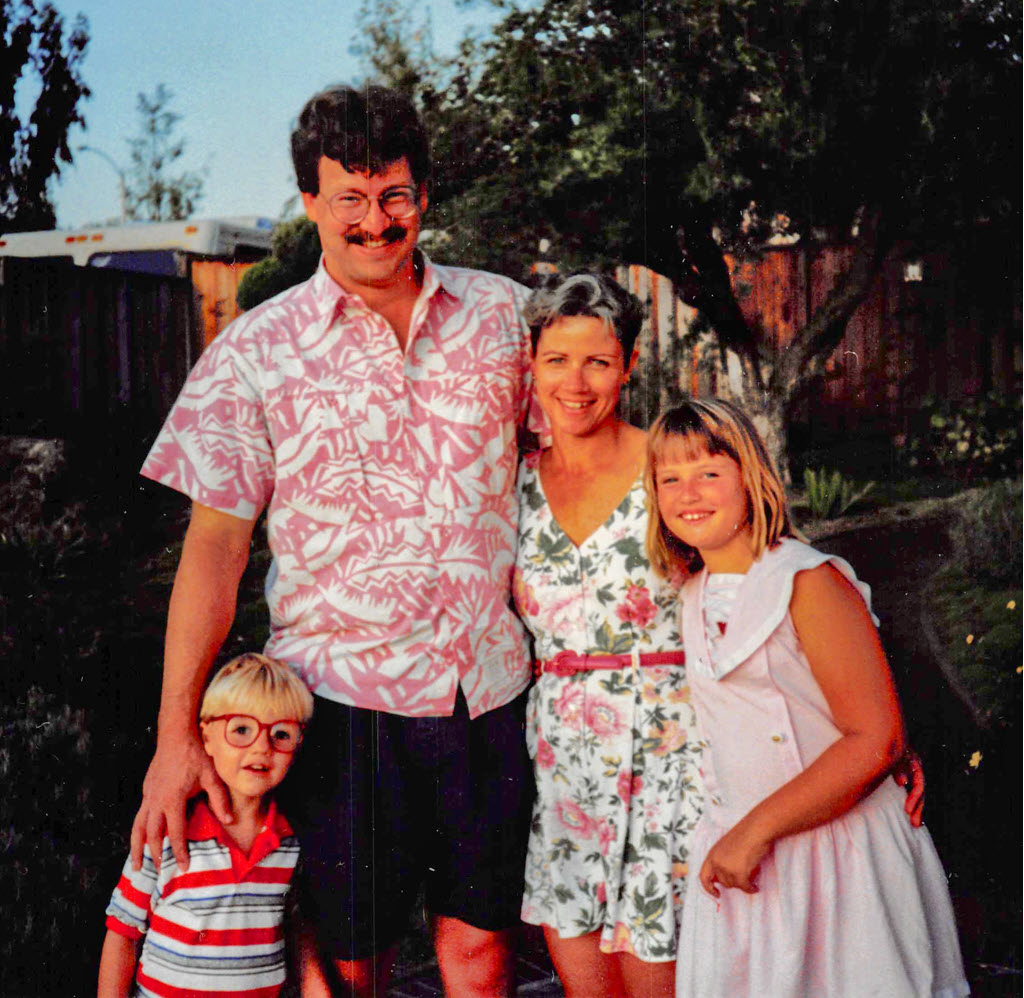
Jim was a pioneer in the field of Electronic Design Automation (EDA) and a key contributor to the development of the web as we know it.
But as we talk about his career, the most important thing to know about Jim is that he always prioritized his family and made conscious choices to ensure a healthy work-life balance. He cherished his weekly date nights with his wife, coached his children’s teams, and actively participated in their lives. He understood the potential for startups to consume one’s life and made a pact with his co-founders at more than one of those startups to maintain balance, ensuring he had dinner at home every night.
Jim grew up in Nebraska, then moved to California in 1970 as a high school junior. We became immediate friends, bonding over shared love for science fiction and the Rolling Stones and making each other laugh over nerdly jokes. It was a constant point of pride that both of our sets of parents disapproved of our friendship because we were bad influences on each other.
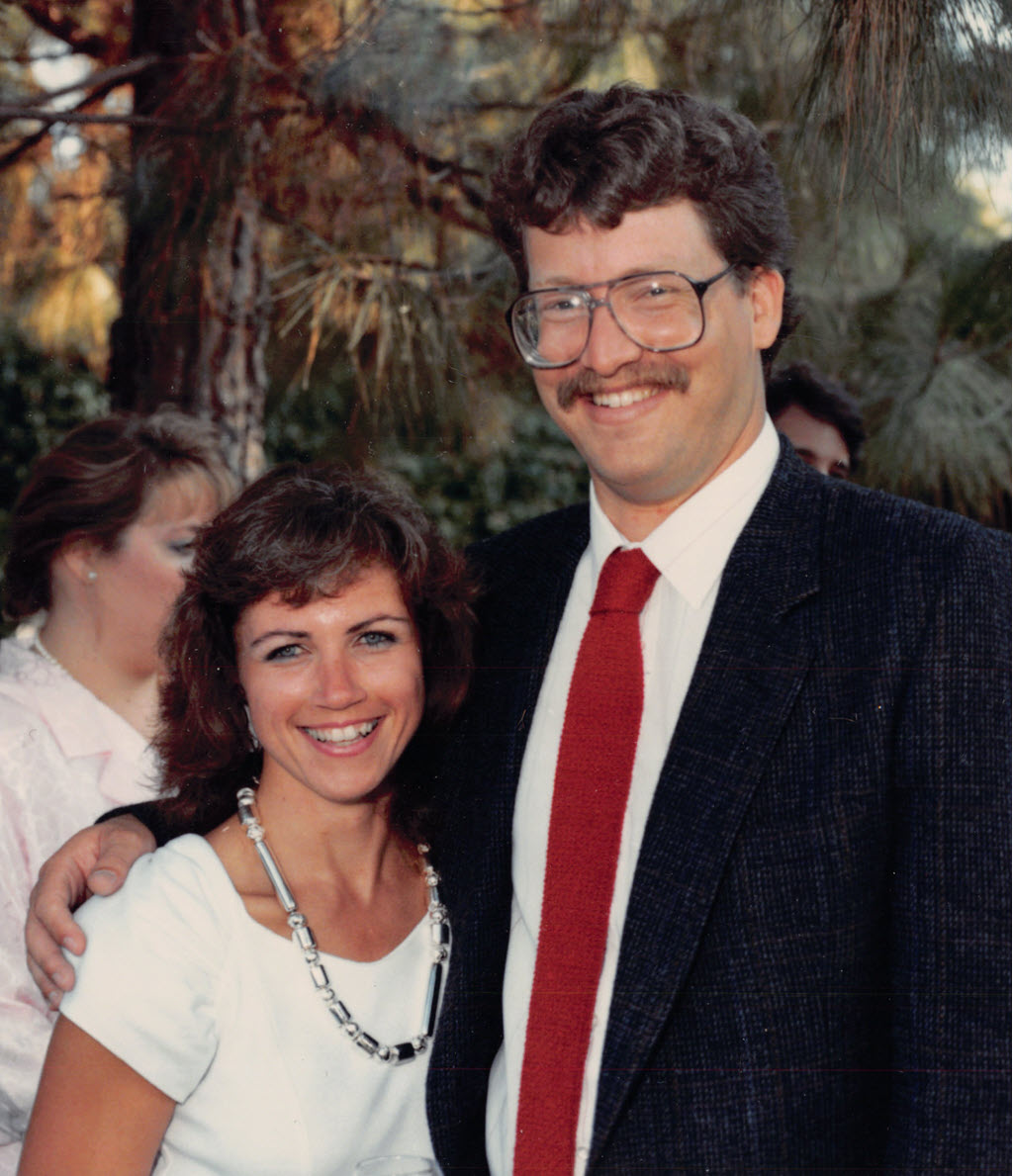
He earned a BS, MS, and PhD from Caltech. During his time at Caltech, he met his beloved wife Donna working in the office of Carver Mead, a professor doing pioneering work in microchip design.
Carver Mead was not the only giant of modern computing that Jim worked with during the Caltech years and beyond. He also studied under Ivan Sutherland, the founding head of Caltech’s computer science department, known today as the father of computer graphics for his groundbreaking work on the first interactive graphical interface.
And Jim worked with renowned computer scientist Lynn Conway when he interned at Xerox PARC. Do you know Xerox Palo Alto Research Center? More or less, it invented the graphical user interface, the mouse, laser printing, and Ethernet. Jim was there during that heady time.
The work by Carver Mead, Ivan Sutherland, and Lynn Conway led to the miniaturization and mass production of microchips that power today’s computers and the internet – and Jim was one of the core people working with them and implementing their ideas in the real world for the next two decades.
After becoming a manager and fellow at VTI, Jim and Doug Fairbairn co-founded Redwood Design Automation, a company that revolutionized system design. As VP of R&D, he led a team of engineers and secured $10 million in funding for the company. (David Filo, co-founder of Yahoo, was one of his interns.) Redwood was acquired by Cadence, where Jim continued to innovate.
After 18 years, Jim wanted a change from Electronic Design Automation. He wanted to do work that he could explain to his wife and kids, and he wanted to have real people appreciate and use what he designed.
So Jim dove into the dot-com boom, founding OneSpot in 1999. As CEO, he spearheaded the company’s growth, raising $800,000 and guiding it through its acquisition by HP. He then took on leadership roles at HP Labs and TrackingShot, continuing to shape the evolving landscape of web technologies.
Jim’s career culminated in senior positions at HP and Google/YouTube, where he leveraged his programming expertise to guide technological advances in printing and online platforms.
Everyone wanted Jim to be a manager. He was so likable, so good at motivating teams, so effective at delivering results, that he was asked to manage groups at every company he worked at. Even in these high-level roles, he remained a hands-on engineer, always seeking to “get back to building stuff” and find fulfillment in the creative process.
His goal when he went to Google/YouTube was to “optimize enjoyment” for the last ten years of his career. He rose in the managerial ranks to a grade that allowed him to work on interesting projects with small teams – and although he could have been promoted higher, he resisted the urge because he would have less autonomy and there would be more meetings.
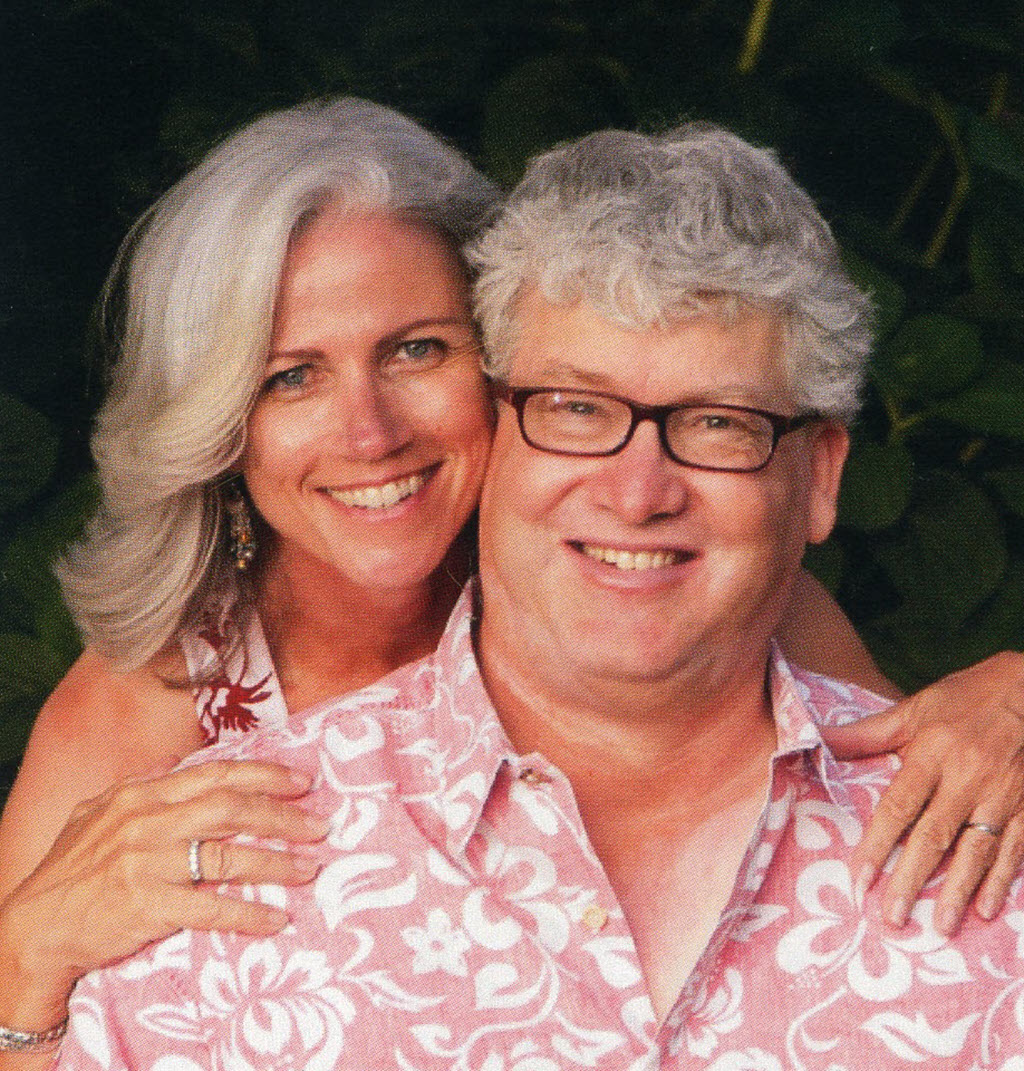
Jim faced life with passion and joy. He learned to ski in Nebraska, sliding down snow piled on haybales. He taught me to ski at Mammoth, showing superhuman patience on run after run, trip after trip, for the years it took me to keep my balance. Jim and I skied all over the western US.
His marriage to Donna was always and forever the best part of his life. His words: “We had an idyllic marriage. Together for over 40 years. Never had an argument. Soul mates. We had weekly dates. Told each other we loved the other every day. More than once. She was the best kisser ever.”
I knew Jim when he met Donna, I was his roommate during their courtship, I was the best man at their wedding, I spent time with them during the kid years and the mature years and through Donna’s passing. Jim and Donna set the highest of bars for the best way to spend a life with a loved one. Their joy together was an inspiration.
He read voraciously his entire life and had an uncanny ability to remember the plots of books he read. Walls of his house are lined with his science fiction library and Jim could give you a detailed summary of the story from any of them. He held Iain Banks’ Culture novels in particularly high regard, some of the smartest SF ever written.
We shared the joy of growing up with rock music in the 70s – so many Stones concerts together, so many memories of blasting Suffragette City or Stay With Me in the apartment we shared while we played backgammon late at night. He was bouncing to the Oingo Boingo song quoted above a few weeks before he died.
In the last fifteen years Jim developed his skills as a photographer and found joy in building intricate model railroads, creating miniature worlds in his garden. These hobbies reflected his meticulous attention to detail and his love for creating something beautiful and lasting.
When Jim left YouTube, they asked him to give a talk about his career. More than a hundred Google and YouTube engineers attended. He left them with a slide that tells you everything you need to know about what kind of person Jim was – and maybe what kind of people we should all strive to be.
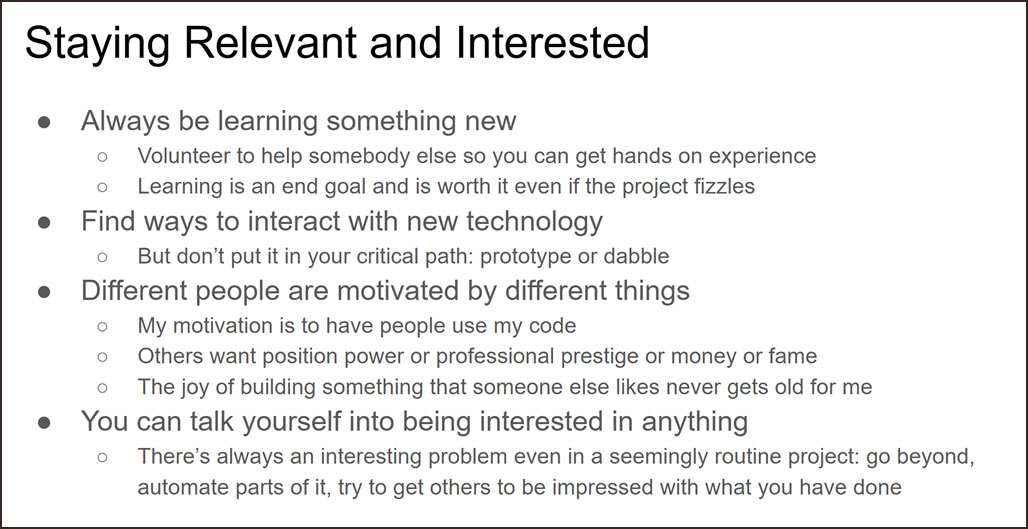
Jim was my best friend and I’ll miss him. Rest in peace, my friend.
